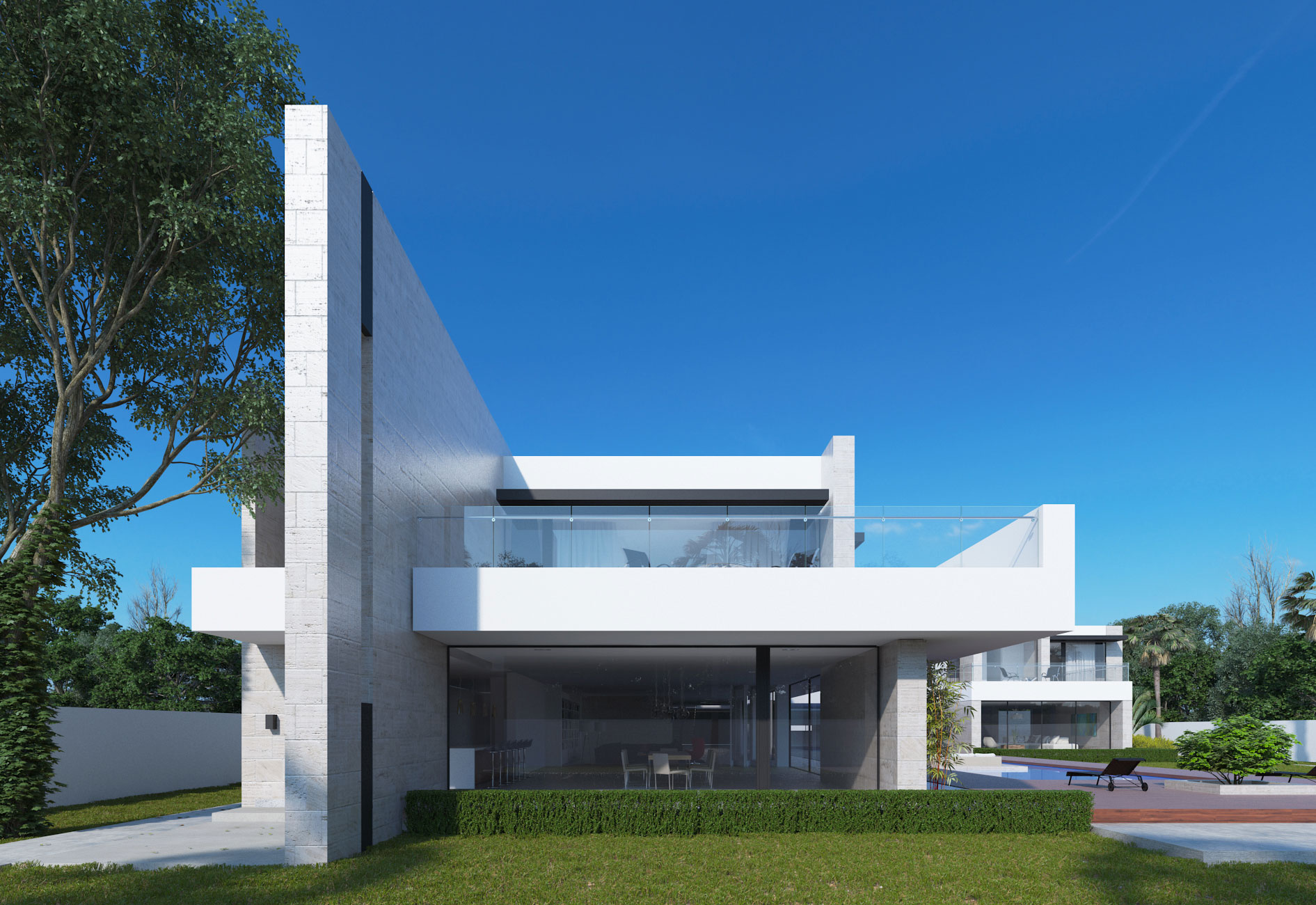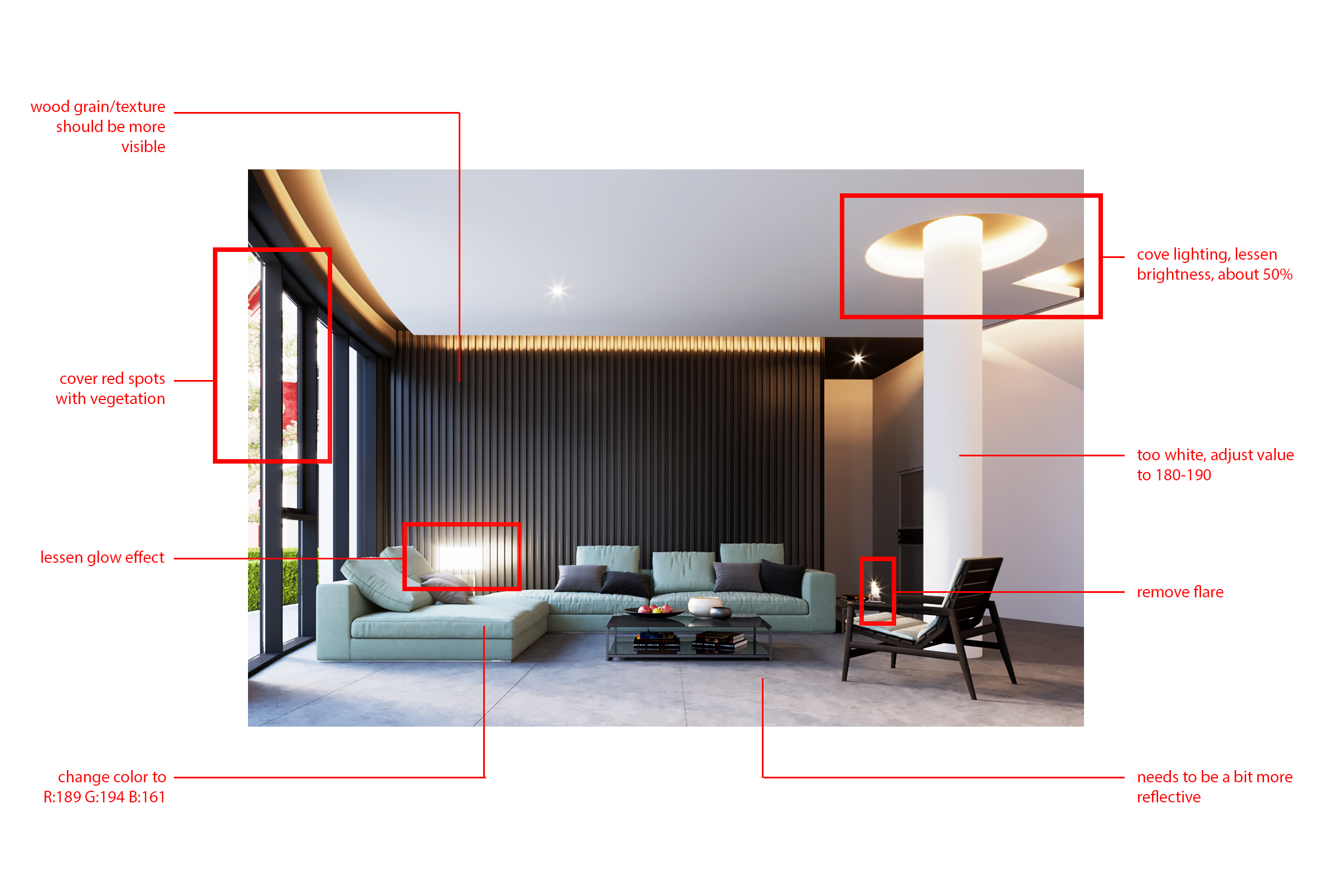Key ingredients for a successful 3D rendering project

Having a 3D render nowadays has become the norm rather than an added bonus when it comes to promoting any kind of property or presenting your design if you’re an architect or interior designer. 3D rendering has changed the way we experience and visualize design. You’d think the procedure was simple – submit specifications and receive hyper realistic images. But as is Murphy’s law, anything that can go wrong, will go wrong. So to avoid these pitfalls, here are some key ingredients to make sure your 3D rendering project is successful.
Make sure your design is complete
Visualizers or renderers aren’t your designers. Sure, some of them may be architects or have architectural backgrounds but their job is to visualize your design, not do the design for you. So make sure you have your design ready with technical details and explain the kind of styling that you want.
Create a mood board
How do you make sure you get the output you want, that what you have envisioned in your head comes to life through the 3d rendering? Create a good design brief with visual references ie a mood board.
It’s all in the details. A comprehensive brief will become the renderer’s bible and should detail out what exactly you need and the limitations that you have. Provide detail as much as you possibly can. This will prevent a lot of back and forth thereby saving time and budget.
Give visual references. Create a couple of options for how you would like the lighting to be, the kind of furniture you would like and the finishes. Pinterest is a great tool for creating mood boards that you can segregate into different folders or boards. Creating these visual references will help ensure that the final 3d rendering is as close to what you want the final output to be.
Be as thorough as you can with your feedback and review
Details, details, details. When you receive the first draft of the render, make sure you check every nook and cranny from lighting to the angle to the tiles. To make sure that all stakeholders are aligned, have all parties review it including the architect, interior designer and branding agency. And be as clear and as thorough in your feedback as you can and give visual references if necessary to make sure there are no misinterpretations. A good way to give feedback is through a “redlined” image like below:

Ideally, only 20% of the initial project’s budget should be spent on iterations. So the more detailed you are with your feedback, the less revisions it will take and the less money you will spend.
Know what you want
There are quite a few factors involved in making a successful 3D visualization project. You have to know what you want with your design, know what kind of 3D artist you would like to hire, that is, if you want them to have freedom to suggest and give input on camera angles, lighting, etc or if you want to be very involved in the process and define these things beforehand.
Be clear with your timelines and the number of iterations you will get. This will save you costs in the long run and ensure that you get what you paid for.
And that’s it. Those are the things you need to consider which will spell the difference between a failed 3d visualization project or one that will blow away your client and competition.

